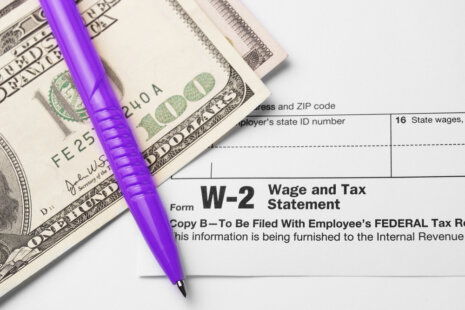The “40-30-20-10 rule” is a simple budgeting guideline that suggests allocating your income into four broad spending categories in the following proportions:
- 40% for Necessities: Allocate 40% of your income to cover essential expenses, often referred to as “needs.” These expenses include items like housing, utilities, groceries, transportation, insurance, and healthcare. These are expenses that are necessary for your basic well-being and survival.
- 30% for Wants: Dedicate 30% of your income to discretionary spending, or “wants.” This category covers non-essential expenses that enhance your quality of life but are not absolutely necessary. Examples include dining out, entertainment, travel, hobbies, and fashion.
- 20% for Savings: Allocate 20% of your income to savings and financial goals. This category includes contributions to retirement accounts, emergency savings, investments, debt repayment (if applicable), and other financial objectives. Saving at least 20% of your income is a good way to build financial security and plan for the future.
- 10% for Giving or Debt Repayment: Use 10% of your income for giving to charitable causes, donating to a cause you believe in, or, if you have high-interest debt, allocating it toward paying down debt more aggressively. This category reflects the importance of giving back or reducing financial burdens.
The 40-30-20-10 rule provides a simple framework for managing your finances and can serve as a starting point for budgeting. However, it’s important to recognize that individual financial situations and goals can vary widely, and this rule may not be suitable for everyone.
Here are a few considerations:
- Adjustments: Depending on your specific circumstances, you may need to adjust the percentages. For example, if you have high housing costs or significant debt payments, you might need to allocate a larger portion of your income to necessities or debt repayment.
- Income Fluctuations: If your income fluctuates from month to month or seasonally, you may need to adapt your budget accordingly.
- Emergency Fund: Building and maintaining an emergency fund is a crucial financial goal. If you don’t have one, you may need to prioritize savings initially until you have an adequate financial safety net.
- Long-Term Goals: Depending on your long-term financial goals (e.g., buying a home, starting a business, early retirement), you may need to adjust your savings and investment strategies.
The 40-30-20-10 rule is a guideline to help you establish a balanced approach to managing your finances. It can be a helpful tool for those looking to create a budget or gain better control over their spending and saving habits. However, it’s important to tailor your budget to your unique financial situation and goals.




